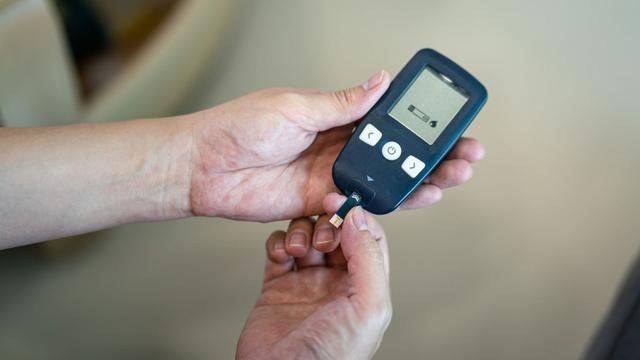Shanghai, China – July 6, 2025: China is making waves in the global fight against type 2 diabetes, a chronic condition affecting millions worldwide. With over 140 million people living with diabetes in China alone, the country has become a hub for innovative treatments that could transform how the disease is managed. Recent advancements, particularly in stem cell therapy and digital health tools, are drawing attention for their potential to improve lives and reduce the burden of this widespread illness.
A Game-Changing Stem Cell Therapy
In a world-first achievement, doctors at Shanghai Changzheng Hospital reported successfully treating a 59-year-old man with type 2 diabetes using stem cell therapy. The patient, who had battled the disease for 25 years and relied on daily insulin injections, underwent a procedure in July 2021. Scientists used the patient’s own cells to create insulin-producing islet cells, which were then transplanted into his body. Within 11 weeks, he no longer needed insulin shots, and by the following year, he stopped taking oral medications entirely. Now, over three years later, his blood sugar levels remain stable without medication.
This breakthrough, published in the journal *Cell Discovery*, marks a significant step in regenerative medicine. “This is a major advance in diabetes treatment,” said Dr. Yin Hao, a lead researcher at the hospital. “Our approach uses the body’s own cells to restore insulin production, reducing the need for lifelong medication.” While the treatment is still in early clinical trials, experts believe it could offer hope to the 40 million people in China who depend on insulin injections. However, larger studies are needed to confirm its safety and effectiveness for widespread use.
Digital Tools Transforming Diabetes Care
Beyond stem cell therapy, China is also leveraging technology to improve type 2 diabetes management. The SMARTDiabetes program, a digital health initiative, has shown promising results in helping patients control their blood sugar levels. This program uses mobile apps to connect patients with doctors, offering personalized advice on diet, exercise, and medication. A study published in *The Lancet* found that the program improved blood sugar control by 18.6% in rural areas, where access to healthcare is often limited. By fostering closer ties between patients, doctors, and families, SMARTDiabetes is making diabetes care more accessible and effective.
A National Push for Better Health
China’s government is also stepping up efforts to tackle the diabetes epidemic. The Healthy China 2030 initiative emphasizes prevention and early intervention, shifting focus from treatment to lifestyle changes. Programs like the National Metabolic Management Center (MMC) network, which now includes 2,000 centers across the country, provide standardized care and education to over 2 million patients. These centers offer screenings for diabetes complications and promote healthy habits, helping to reduce the risk of serious issues like heart disease and kidney failure.
Challenges and Global Implications
Despite these advancements, challenges remain. Type 2 diabetes is often linked to lifestyle factors like obesity and poor diet, which are rising in China due to rapid urbanization. Public awareness about prevention is still low, especially in rural areas, and access to high-quality healthcare varies across regions. Treatments like stem cell therapy are also expensive, with costs ranging from $7,000 to $40,000, making them out of reach for many without insurance coverage.
For global readers, China’s progress offers both inspiration and caution. The stem cell breakthrough could pave the way for new treatments worldwide, but it requires further research to ensure long-term safety. Meanwhile, digital health tools like SMARTDiabetes could be adapted in other countries to improve care, especially in underserved areas. With type 2 diabetes affecting over 500 million people globally, China’s efforts highlight the importance of combining innovation, prevention, and accessible care to address this growing health crisis.
As research continues, the world watches closely. If these treatments prove scalable, they could redefine diabetes care, offering millions a chance to live healthier, medication-free lives.
Sources: Information compiled from recent reports on diabetes treatment advancements in China, including studies published in Cell Discovery and The Lancet, and data from the International Diabetes Federation.







































